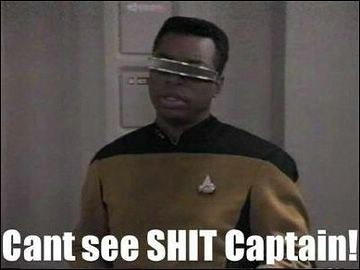Inaccurate meme - the white and red RCAs in composite typically don't actually carry the left and right channels - usually, the white one is L+R, meaning both the left and right channels combined into one, and the red one is L-R, the difference between the right and left channels.
This is done so that a mono television, which will only have a yellow and white port, will still be able to hear both audio channels, as opposed to having to completely miss out on one of them


